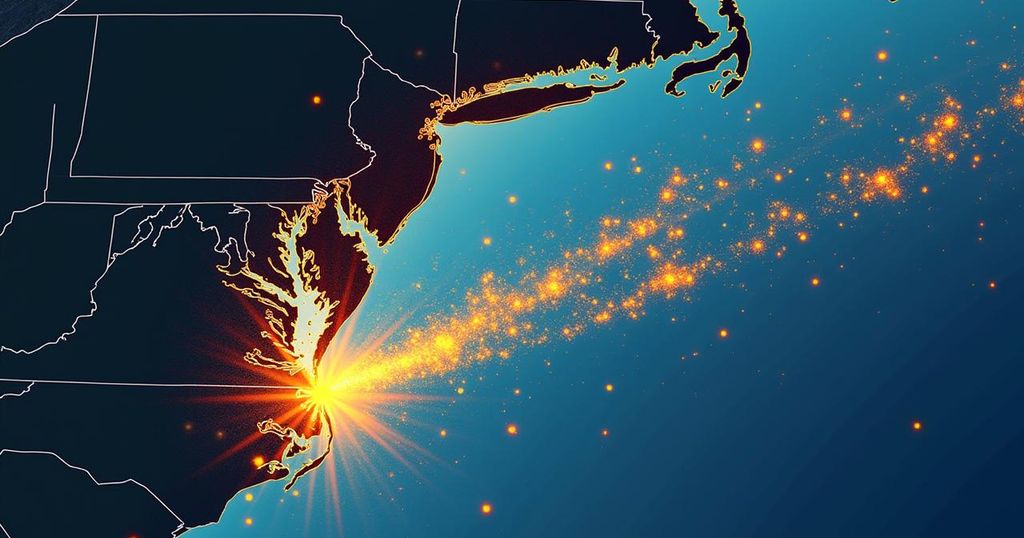Hurricane Helene has caused significant flooding and road closures across the Southeastern U.S., affecting states such as Georgia, the Carolinas, and Virginia. Dr. Majid Shafiee-Jood of the University of Virginia explains the mechanisms behind these events, noting how moisture-rich hurricanes lead to rapid and intense rainfall, resulting in flash floods. He also highlights the importance of evacuation orders and has contributed to creating a database to assess their effectiveness.
Recent events across the Southeastern United States have highlighted the impact of Hurricane Helene, leading to extensive road closures, power outages, and severe flooding in areas such as Georgia, the Carolinas, and Virginia. To gain insight into the mechanisms behind these phenomena, one may turn to the expertise of Dr. Majid Shafiee-Jood, a research assistant professor of civil and environmental engineering at the University of Virginia. Dr. Shafiee-Jood specializes in analyzing decision-making processes in response to hazardous weather events, including hurricanes, flash-flood alerts, and evacuation directives. Dr. Shafiee-Jood explains that hurricanes are characterized as rapidly rotating storm systems that generate significant moisture and can produce substantial rainfall. “These storms often result in flash floods, wherein heavy rainfall occurs over a short duration, generally within three to six hours,” he states. This rapid precipitation can overwhelm urban areas with limited drainage or saturate mountainous regions, leading to possible landslides and mudslides, as observed in Western North Carolina and parts of Virginia currently. Questioned about the frequency of such storm events, Dr. Shafiee-Jood asserts that it is not atypical for hurricanes in the southern U.S. to spur secondary storm incidents farther up the coast. Citing Hurricane Michael in 2018 as an example, he notes how excessive rainfall from that storm approached critical levels at the Banister Dam in Halifax County, demonstrating a similar trajectory when storms move northward through the southeastern states. In addition to his research on storm impacts, Dr. Shafiee-Jood has contributed significantly to understanding evacuation strategies during hurricanes. He was instrumental in developing the first-ever hurricane evacuation order database, aiming to assess the effectiveness of such orders. He elucidates that the database tracks when and where evacuation orders are issued, which communities they affect, and how effectively individuals respond to these alerts. This was particularly relevant in the context of Hurricane Helene, where evacuation orders in Florida preceded warnings of flash floods in areas like Charlottesville.
Hurricanes notably impact various regions beyond their initial landfall location, often generating secondary storms and significant weather events in states such as Virginia and North Carolina. The interaction between these storm systems and geographical characteristics like urban development and mountainous terrain can exacerbate flooding conditions. Researchers like Dr. Shafiee-Jood emphasize the need to understand these dynamics to improve emergency responses and public safety.
The analysis of Hurricane Helene’s aftermath illustrates the extensive reach of hurricanes and their capacity to induce flash floods even far removed from the point of initial landfall. With research initiatives, such as the development of a hurricane evacuation database led by Dr. Shafiee-Jood, there lies an opportunity to enhance preparedness and response strategies in facing severe weather events. Continuous examination of evacuation efficacy and understanding storm behavior is critical in mitigating damage and protecting communities in the Southeastern United States.
Original Source: news.virginia.edu






